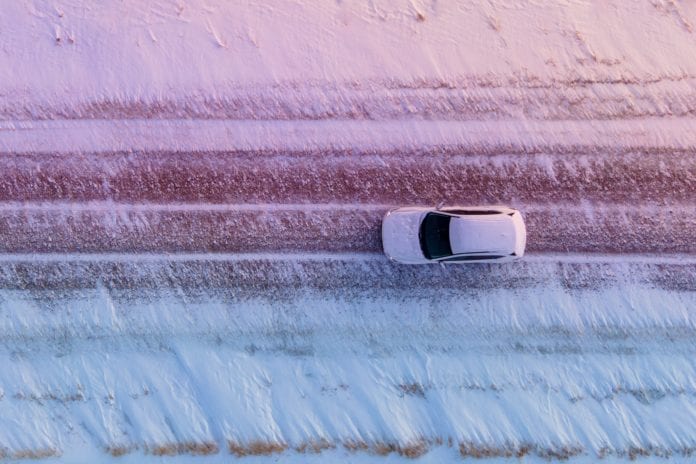Driving on ice and snow
- Do you need to travel? If conditions are really bad, staying put could be a better bet than risking an accident.
- Slow down. Stopping distances will increase when the surface is icy or snowy. Instead of the usual rule of leaving a two-second gap to the car in front, increase this to 10 seconds if the weather is really bad.
- Drive smoothly. Be gentle with the accelerator, brakes and steering when driving on ice or snow.
- Use a high gear (fifth gear is high, first gear is low). For example, try pulling away in second rather than first. This can stop the wheels from spinning.
- Keep to the main roads. Even if it means going the long way around, major routes are more likely to have been gritted.
- Take a fully charged phone. You don’t want to get stuck in a snow drift with no way of calling for help. Take a warm coat, some snacks, and something to drink too.
- Fit snow chains or snow socks. These are only suitable if conditions are really bad, though, and will need to be removed when you reach a clear stretch of Tarmac.
- Use winter tyres. If you live in a remote area, especially in the north of England or in Scotland, it could be worth using winter tyres throughout the coldest months of the year. They grip better and will reduce stopping distances when driving on ice and snow.
Driving in fog
- Slow down. You need to be ready to stop in the distance you can see to be safe. In patchy fog that distance can change very quickly.
- Use your foglights if visibility is really bad. Switch them on as soon as visibility drops below 100 metres.
- Turn on your headlights. Even if visibility isn’t bad enough to justify using foglights, turning your lights on with the beam dipped will help other traffic see you.
- Keep your distance. Allow more space between you and the car in front in case you need to stop in a hurry. The surface won’t be as slippy as it is when driving on ice, but it still pays to leave some extra margin.
- Don’t follow the car in front. It can be tempting to keep pace with the next car so you can see their rear lights. But if the driver ahead makes a mistake, you could repeat it. Don’t trust someone else to drive safely for you.
Heavy wind and rain
- Slow down. In strong winds, the car can move around, and if the surface is wet stopping distances will increase. Reducing your speed will give you more time to react. As when driving on ice and snow, if the weather is really bad think about leaving a 10-second gap between your car and the one in front rather than the usual two seconds. Even if we’re talking about wet weather rather than an epic storm, leave a four-second gap.
- Turn on your lights. Just as when driving in fog, having your lights on when driving in heavy rain makes it easier for other drivers to see you.
- Be careful around lorries and coaches. High-sided vehicles can move around when it’s windy. And when you overtake them you could be caught by a sudden gust, so be ready for it.
- Keep two hands on the wheel. Obviously, this is how you are supposed to drive anyway(!), but it’s even more important in windy weather.



